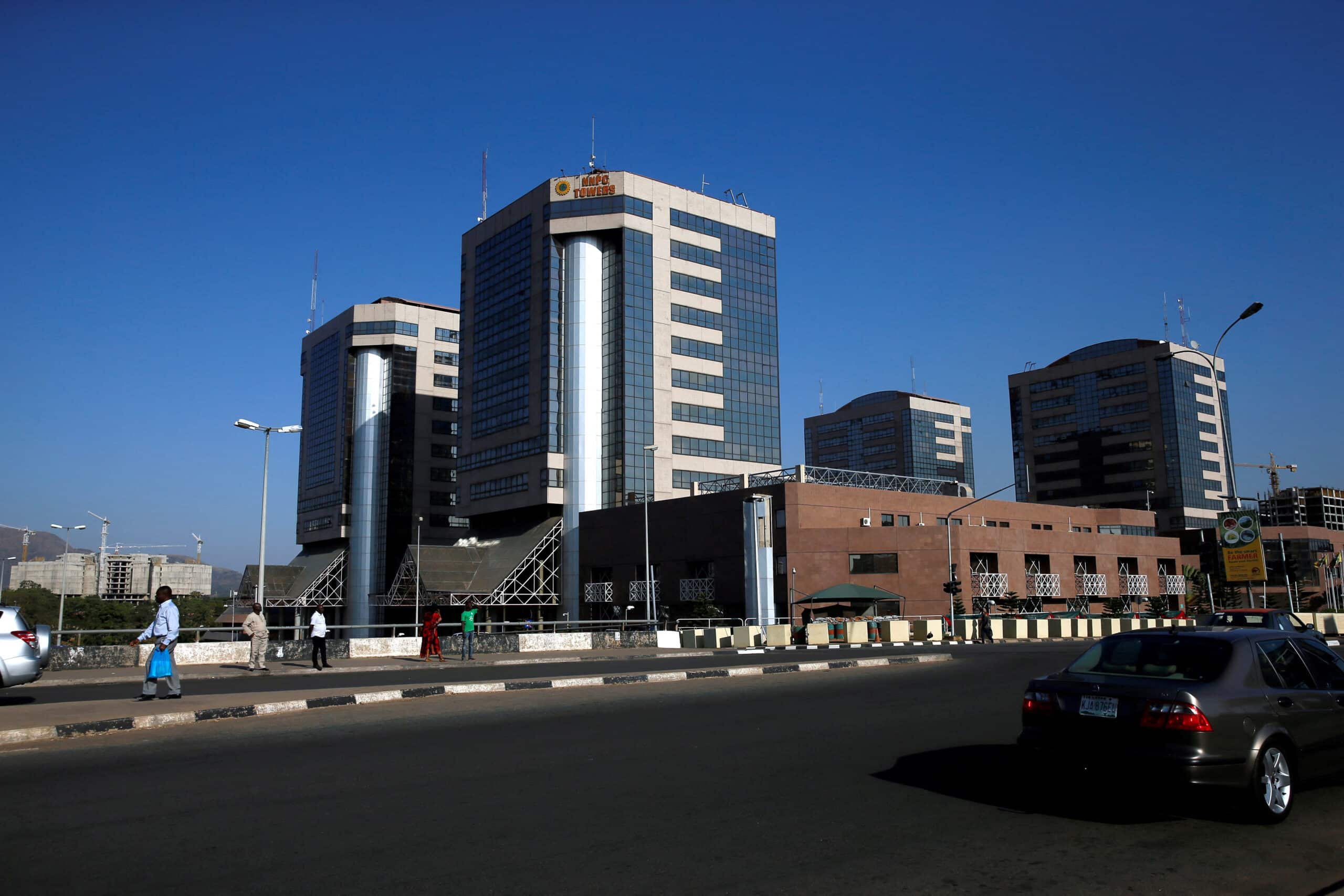Africa’s most industrialised nation is still grappling with power cuts that have stalled the country’s economic development.
In the first quarter of 2025, South Africa’s state power utility, Eskom, has had to implement load-shedding quite a number of times.
The frequent power cuts have caused the International Monetary Fund (IMF) to project the country’s GDP to increase by 1.8% in 2025, up from an earlier estimate of 1.3%.
The country had a 10-month streak in stabilising its power grid and preventing load-shedding but that ended with the implementation of Stage 3 power cuts earlier in February.
South Africa’s government aims to end load-shedding by 2025 through exploring other means to address the electricity generation issue, but experts remain skeptical.
Meanwhile, it is important to understand what load-shedding is and why it happens despite its adverse effect on the country’s economic outlook.
What is load-shedding?
Load-shedding is a process where Eskom intentionally cuts electricity supply to different areas on a rotating schedule to prevent a total collapse of the national grid, which would mean a nationwide blackout.
This happens when electricity demand exceeds supply.
In South Africa, Eskom has instituted a series of protocols that allow for an effective load-shedding process. This process runs in stages which are reliant on just how much electricity supply is available.
- Stage 1 load shedding means that up to 1000MW of capacity needs to be shed. Consumers can expect power cuts up to 3 times over a four-day period for two hours at a time, or 3 times over an eight-day period for four hours at a time.
- Stage 2 load shedding means that up to 2000MW of capacity needs to be shed. Consumers can expect power cuts up to 6 times over a four-day period for two hours at a time, or 6 times over an eight-day period for four hours at a time.
- Stage 3 load shedding means that up to 3000MW of capacity needs to be shed. Consumers can expect power cuts up to 9 times over a four-day period for two hours at a time, or 9 times over an eight-day period for four hours at a time.
- Stage 4 load shedding means that up to 4000MW of capacity needs to be shed from the grid. Consumers can expect power cuts for up to 12 times over a four-day period for two hours at a time, or 12 times over an eight-day period for four hours at a time.
- Stage 5 load shedding means that up to 5000MW of capacity needs to be shed. Consumers can expect power cuts for 12 times over a four-day period; 9 times for 2 hours or 3 times for 4 hours.
- Stage 6 load shedding means that up to 6000MW of capacity needs to be shed. Consumers can expect power cuts for 12 times over a four-day period, 6 times for 2 hours or 6 times for 4 hours.
- Stage 7 load shedding means that up to 7000MW of capacity needs to be shed. Consumers can expect power cuts for 12 times over a four-day period, 3 times for 2 hours or 9 times for 4 hours.
- Stage 8 load shedding means that up to 8000MW of capacity needs to be shed. Consumers can expect power cuts 12 times over a four-day period for four hours at a time.
Why load-shedding happens
- Eskom’s aging power infrastructure
Eskom is heavily reliant on coal-fired power plants, most of which were built in the 20th century and are poorly maintained.
The age and poor maintenance of these power plants have led to frequent breakdowns that have forced Eskom to implement power cuts across the nation.
Coal-fired power plants, like Medupi and Kusile, have faced delays, cost overruns, and technical issues.
The coal-fired power plants are not the only issue.
The country’s sole nuclear power plant, Koeberg went into operation in the mid 1980s. This power plant, earlier in March this year, unexpectedly tripped, taking the whole facility offline and cutting supply to the nation’s already-constrained grid.
- Lack of new power generation
South Africa has not built enough new power plants to keep up with rising electricity demand.
Renewable energy projects have been slow to integrate into the grid. The country is however seeking and has secured funding for renewable energy projects in the country.
One such partnership is the move by the country to seek investment by Russia or Iran in its civilian nuclear energy project.
- Growing electricity demand
South Africa’s growing population and economic activity have increased electricity demand.
While demand has increased, supply has not simultaneously increased. Demand is even higher during peak periods when more customers use electricity.
With the constrained power infrastructure during these peak periods, there is a high propensity for breakdowns to occur and for load-shedding to be implemented.
Current situation
South Africa’s power system is currently stable with emergency reserves being utilised in periods of peak demand.
Planned maintenance of the electricity generation systems are ongoing to ensure system readiness for increased demand during the coming winter season.
In April 2025, the Energy Availability Factor (EAF) was 56.36%, down 1.69% from 58.05% during the same period last year.
The decline, Eskom said is attributed to higher levels of planned maintenance and does not include the 720MW from Kusile Unit 6, which is not yet in commercial operation.
Eskom is set to announce its winter outlook today, 5 May 2025.








